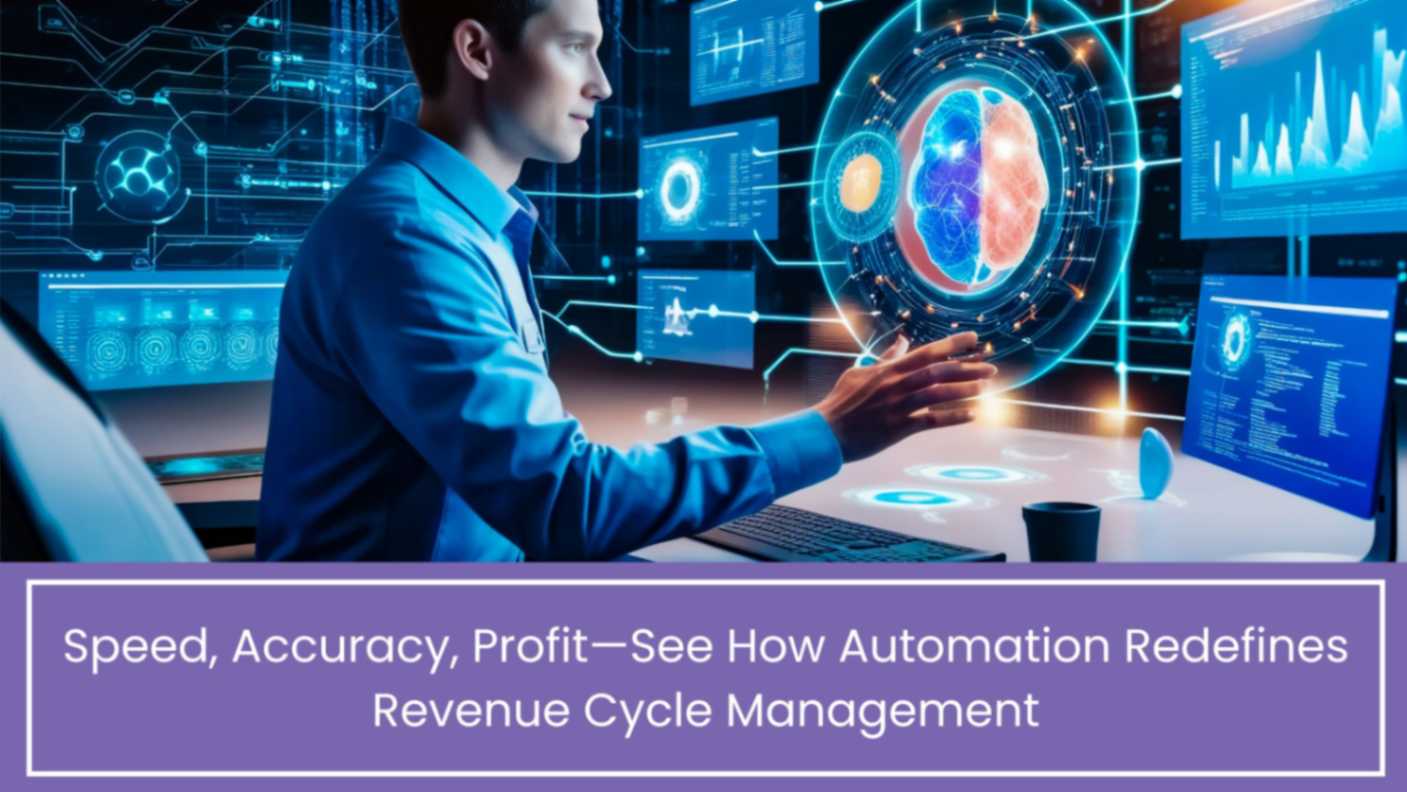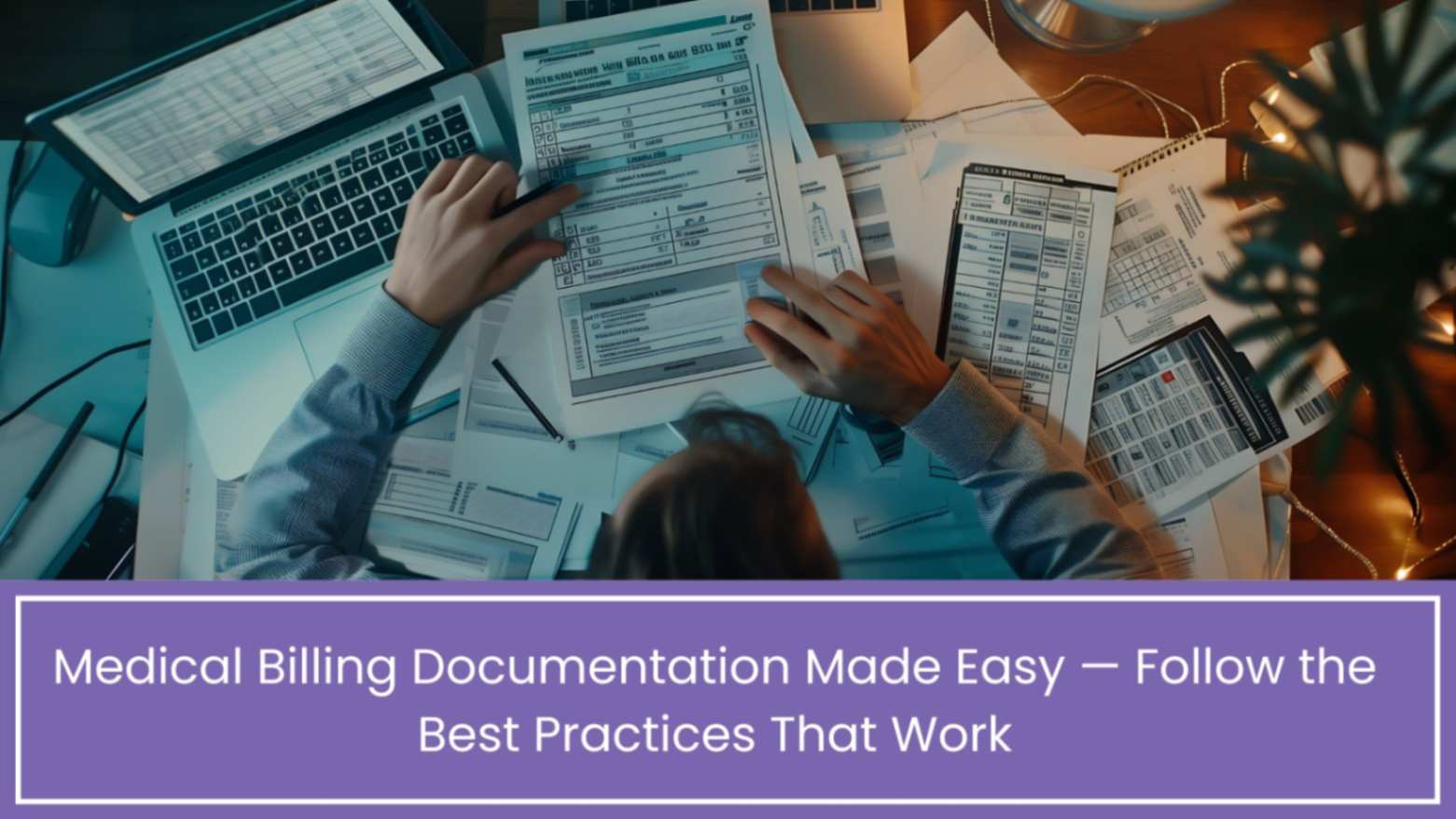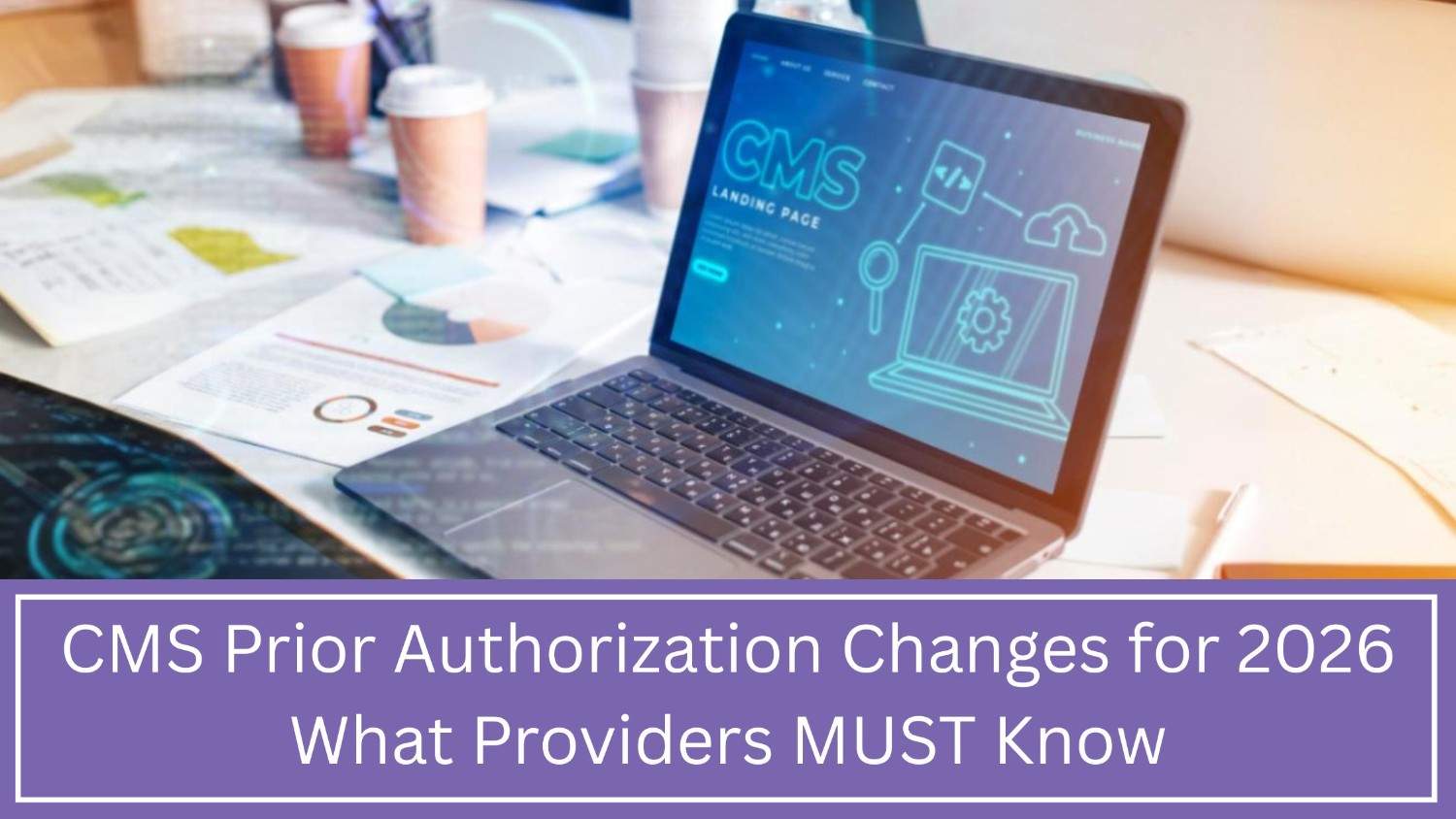How Does Automation Improve the Revenue Cycle?
Revenue Cycle Management (RCM) today is far more than submitting claims—it’s a complex challenge for healthcare providers. Rapidly changing payer rules, preventable denials, rising patient responsibility, staffing shortages, and compliance burdens are draining revenue and staff energy. Many practices struggle to keep up, leaving money on the table and teams stressed. Technology alone isn’t always enough, and mismanaged RCM impacts both finances and patient experience. Outsourcing RCM to experts like Practolytics can reduce denials, ensure compliance, optimize revenue, and let providers focus on care. This blog breaks down the toughest RCM hurdles in plain, practical terms.
Healthcare in 2025 feels very different than it did just a few years ago. The buzzword isn’t just “efficiency” anymore—it’s how does automation improve the revenue cycle?. If you run a medical practice today, you’ve already felt the rising pressure: patients want seamless billing experiences, payers introduce new rules almost every quarter, and reimbursement timelines seem to stretch endlessly. That’s why automation has shifted from being a “nice-to-have” feature to an absolute lifeline for medical practices.
At Practolytics, we’ve been working closely with practices across 28+ specialties for over two decades, and one thing is crystal clear: the practices that adopt automation are not just surviving—they’re thriving with cleaner revenue cycles, fewer denials, and happier patients.
But here’s the twist: this isn’t about basic automation like auto-filling forms. In 2025, we’re talking about intelligent, adaptive, AI-powered automation that transforms every corner of the revenue cycle. Let’s dive into how this new wave is reshaping the future of healthcare revenue—and what it means for your practice.
Table of Contents
From “Filing Faster” to “Thinking Smarter”
A few years back, automation was about speed: Can we submit claims faster? Can we reduce manual keystrokes? Now, it’s about intelligence. Think about it—speed without accuracy doesn’t solve much. A claim submitted in 30 seconds but denied three weeks later is wasted effort.
Today’s revenue cycle automation goes deeper:
- Predictive claim scrubbing that analyzes historical payer behavior.
- Automated prior authorization tracking that chases approvals in real time.
- Smart denial management systems that learn why denials happen and flag risky claims before they’re even submitted.
This is the shift: automation isn’t just replacing human effort—it’s augmenting human intelligence. And for practices, that means fewer mistakes, more predictable revenue, and staff freed up to focus on patient care instead of paperwork.
Why Automation Matters More Than Ever?
Let’s not forget the most important player in this cycle—patients. With high-deductible plans and rising out-of-pocket costs, patients now account for nearly 35% of healthcare revenue streams in the U.S. (MGMA, 2024). That means if your billing process isn’t patient-friendly, your revenue cycle is at risk.
Automation has stepped in beautifully here:
- Patients can receive real-time cost estimates before treatment.
- Automated payment reminders nudge without overwhelming.
- Digital portals make billing as easy as ordering on Amazon.
It’s no surprise that practices using automated patient engagement tools report a 25–30% increase in on-time payments compared to those that rely on traditional paper billing.
How Automation Touches Every Stage?
To really see the power of automation, let’s break down the entire revenue cycle.
Here’s a table that shows how automation is redefining each stage of the cycle in 2025:
|
Stage of the Cycle |
Old Headaches |
What Automation Does Now |
|
Patient Registration |
Staff typing errors, missed eligibility checks |
Eligibility runs in seconds, mistakes drop by 70% |
|
Pre-Authorization |
Endless calls and payer back-and-forth |
AI tracks approvals and updates status instantly |
|
Coding & Documentation |
Undercoding, overcoding, compliance worries |
Smart NLP tools pull codes straight from physician notes |
|
Claims Submission |
Claims sent incomplete or too late |
Predictive scrubbers catch errors before submission |
|
Denial Management |
Staff drowning in appeals and rework |
Automated routing + analytics cut rework nearly in half |
|
Patient Collections |
Paper bills ignored, slow payments |
Automated reminders boost patient payments by ~30% |
Notice how automation doesn’t just “speed up” tasks—it changes the outcomes. Imagine reducing error rates by 70% at the registration stage alone. For a multi-provider practice, that could translate into hundreds of thousands of dollars in recovered revenue each year.
Where Machine Learning Enters the Scene
Here’s the part that excites us the most at Practolytics automation in 2025 is no longer rule-based—it’s predictive. Machine learning algorithms can:
- Flag claims likely to be denied based on past payer behavior.
- Recommend optimal coding choices in real-time.
- Forecast cash flow months in advance.
A recent HFMA (2024) survey reported that 76% of CFOs believe AI in revenue cycle management will increase net revenue by at least 10% within the next 3 years. That’s a staggering number when you think about the scale of operations in even a mid-sized practice.
Staff Experience: From Burnout to Balance!
Every practice leader knows the silent cost of RCM inefficiencies: staff burnout. Reworking denials, sitting on hold with payers, and correcting coding errors are mentally exhausting tasks.
Automation lightens the load. Instead of working longer hours, staff can:
- Focus on patient communication.
- Build stronger payer relationships.
- Spend time analyzing financial trends instead of chasing claims.
One of our partner practices in Texas saw staff turnover in their billing department drop by 40% within a year of automating claim submission and denial management. That’s not just a win for revenue—it’s a win for morale.
Compliance Advantages:
In a world where HIPAA regulations and payer rules evolve constantly, compliance is another battlefield. Automation ensures your practice isn’t left behind.
For example:
- Automated audit trails document every medical billing action.
- Coding updates are pushed system-wide instantly.
- Payer-specific requirements are built into claim scrubbing tools.
This reduces compliance risk dramatically. With penalties ranging anywhere from $100 to $50,000 per HIPAA violation, this is one area where automation pays for itself very quickly.
Why 2025 Is Different: Integration Is the Key!
It’s important to note: automation in 2025 isn’t about standalone tools. The real transformation happens when systems integrate. When your EHR, billing software, and patient engagement tools talk to each other, the revenue cycle becomes fluid.
Think of it as the difference between patching holes in a boat versus building a new ship that doesn’t leak. Integration ensures:
- Data flows seamlessly from clinical notes to billing.
- Patients see accurate cost estimates instantly.
- Payers receive clean, compliant claims from the start.
Turning Automation into Measurable Practice Growth!
Numbers speak louder than theory. Here’s another table showing what practices are seeing after adopting automation in 2025:
|
Metric |
Before Automation (Industry Avg.) |
After Automation (2025 Practices) |
|
Clean Claim Rate |
82% |
95–98% |
|
Denial Rate |
12–15% |
4–6% |
|
Days in A/R |
42 days |
25–28 days |
|
Patient Payment Collection |
65% |
85–90% |
|
Staff Productivity |
1,200 claims/month per FTE |
1,900 claims/month per FTE |
These numbers are not just “nice improvements”—they’re the difference between a practice that struggles month to month and one that grows confidently.
Final Layer of Automation Success
Now, here’s the reality check. Even with the best automation tools, many practices still struggle. Why? Because automation requires expertise, monitoring, and constant fine-tuning. That’s where outsourcing steps in as the perfect complement.
At Practolytics, we’ve seen practices that try to manage automation in-house often face roadblocks—staff training gaps, integration challenges, or simply lack of time. When you outsource, you don’t just get technology—you get a team of experts who live and breathe RCM across 28+ specialties.
We process over 5 million claims annually across 31 states, serving 1,400+ active providers. With 20+ years of experience, we know how to combine cutting-edge automation with human expertise to deliver consistent results.
Outsourcing isn’t about losing control—it’s about gaining clarity. With Practolytics managing your revenue cycle, you see:
- Cleaner claims.
- Faster reimbursements.
- Fewer headaches for your staff.
And most importantly, you free up your energy to focus where it matters most: patient care.
Wrapping It Up:
Automation in 2025 isn’t just another buzzword—it’s the foundation of a strong, stress-free revenue cycle. We’re no longer talking about simple shortcuts or faster keystrokes. This is about smart, predictive systems that catch denials before they happen, give patients real-time cost clarity, and make sure your team spends less time fighting claims and more time focusing on care.
But here’s the thing—bringing automation into your practice doesn’t mean you have to figure it all out alone. Technology on its own can only take you so far. It’s the right mix of tools and expertise that truly changes the game.
That’s where we at Practolytics come in. With 20+ years of experience, serving 28+ specialties across 31 states, and processing over 5 million claims annually, we’ve seen what works and what doesn’t. Our approach combines cutting-edge automation with real people who understand the ins and outs of revenue cycle management. We don’t just plug in software—we fine-tune it for your specialty, your payers, and your patients.
At the end of the day, the real question for practices isn’t “Should we automate?” anymore. The question is, “How soon can we get started with the right partner who knows how to deliver results?”
Because when you pair automation with Practolytics, you don’t just survive—you thrive, with cleaner claims, faster reimbursements, happier patients, and a lot less stress.
ALSO READ – Essential Tips for Error-Free Orthopedic Billing and Coding: Boost Your Practice’s Financial Health






